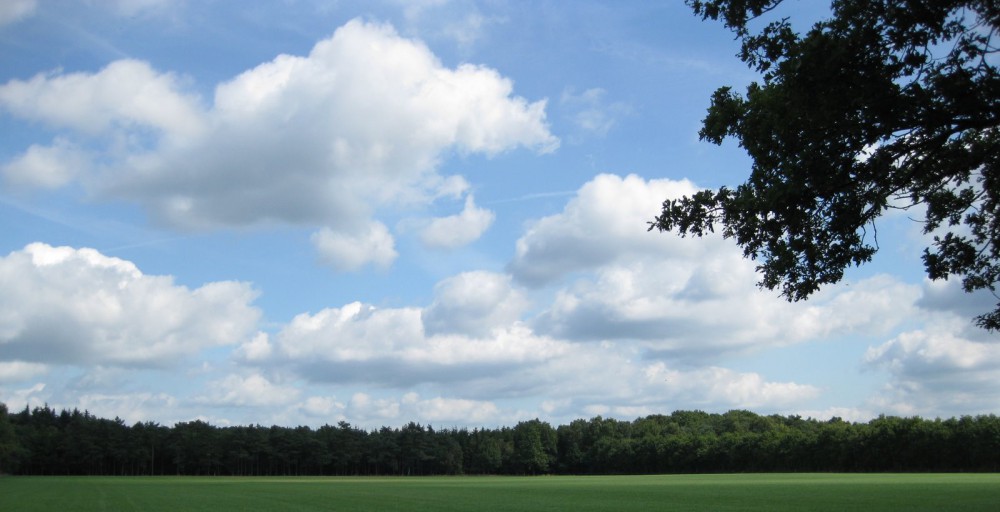Advayavada Buddhism does not tell you what to do or believe, but invites us all to make the very best of our own lives by attuning as best as possible, by means of the Noble Eightfold Path, with wondrous overall existence advancing over time now in its manifest direction; we seek to become a true part of the whole in this way and our reference standard is wondrous overall existence and not misguided and failing mankind.
In Advayavada Buddhism, the Noble Eightfold Path is fully personalized: it is firmly based on what we increasingly know about ourselves and our world, and trusting our own intentions, feelings and conscience. Adherence to the familiar five precepts (not to kill, not to steal, sexual restraint, not to lie, and refraining from alcohol and drugs), a well-considered understanding of the Buddha’s four noble truths and of the, in Advayavada Buddhism, four signs or marks or basic facts of being (lakshanas), suffice to start off and proceed on the Noble Eightfold Path at any time.
The first preliminary subject of this first quarter of 2023 is again anicca (in Pali) or anitya (in Sanskrit), which means impermanent, changeable, unstable, transitory; it is traditionally considered the first of the three (in Advayavada Buddhism, four) signs or marks or basic facts of being (lakshanas). The Buddhist aniccata or anityata doctrine teaches that impermanence or changeability is the most fundamental property of everything existing. It lies at the very heart of the interdependent origination (pratityasamutpada) and emptiness of all things (shunyata, see next week), and growth, progress and liberation would not be possible without it.
Karma is, in Advayavada Buddhism, the aforementioned incessant universal process of the interdependent origination of all things as it is undergone and experienced by sentient beings, our own individual share of it being the unique and everchanging knotlet of biopsychosocial (bps) events in which we are personally embedded (i.e. in which we participate and are subject to, as is particularly evident in these very challenging times); these events include traditionally the consequences of one’s actions (the kamma niyama), the laws of heredity (the bija niyama), the environment (the utu niyama), the will of mind (the citta niyama) and ‘Nature’s tendency to perfect’ (the dhamma niyama).
Feel free to share this post: these systematic and straightforward teachings are, particularly in these challenging times, beneficial for anyone (also non-Buddhists), and those who are interested can follow this weekly ASP themselves on, for instance, advayavadabuddhism dot org and/or by joining our research network on Facebook. Our recently updated website advayavada dot org contains comprehensive information about the Advayavada understanding of Buddhism and has a handy search box at the bottom of each page.
The savage Russian invasion of Ukraine, which of course flagrantly contravenes all that we stand for, continues to weigh heavily on our minds and hearts (see e.g. facebook dot com/advayavadastichting and also advayavada dot org/stichting.htm).
